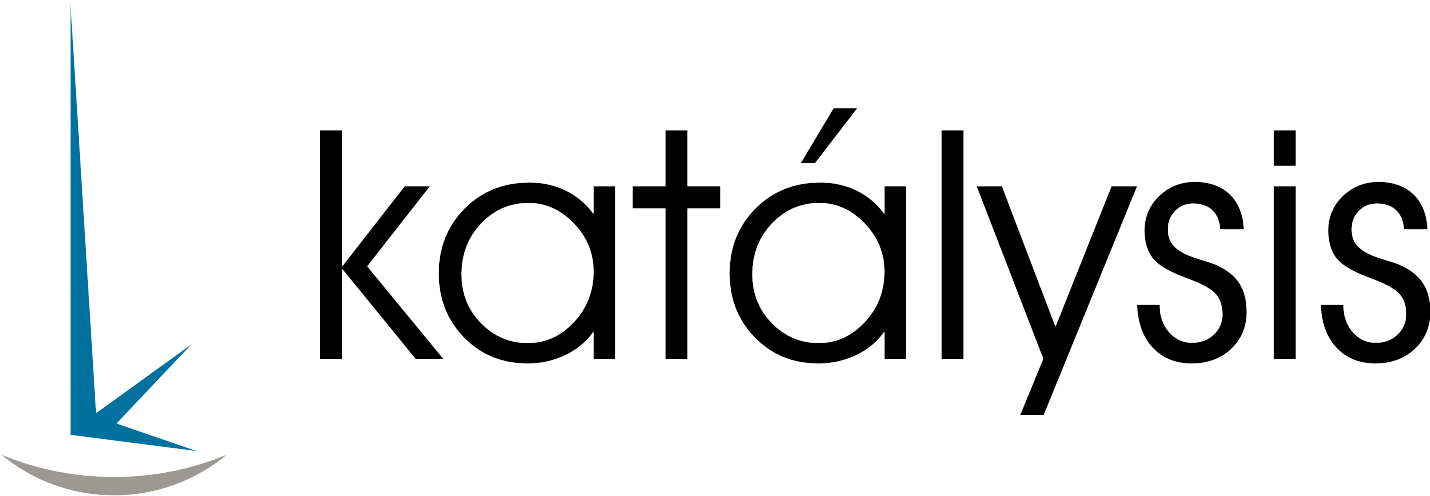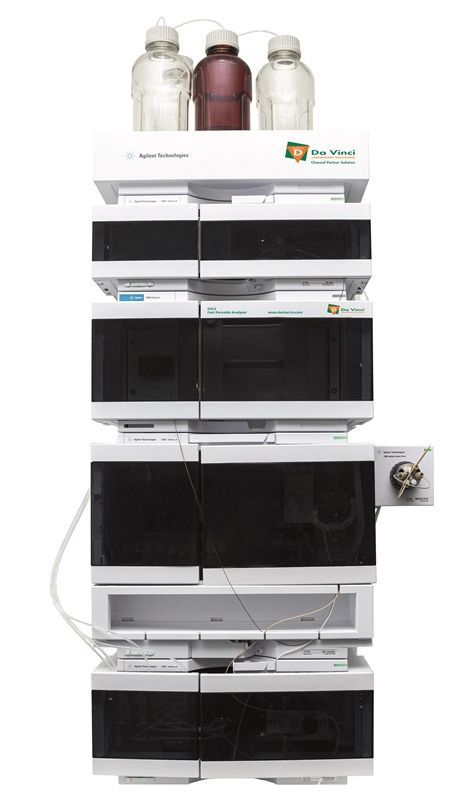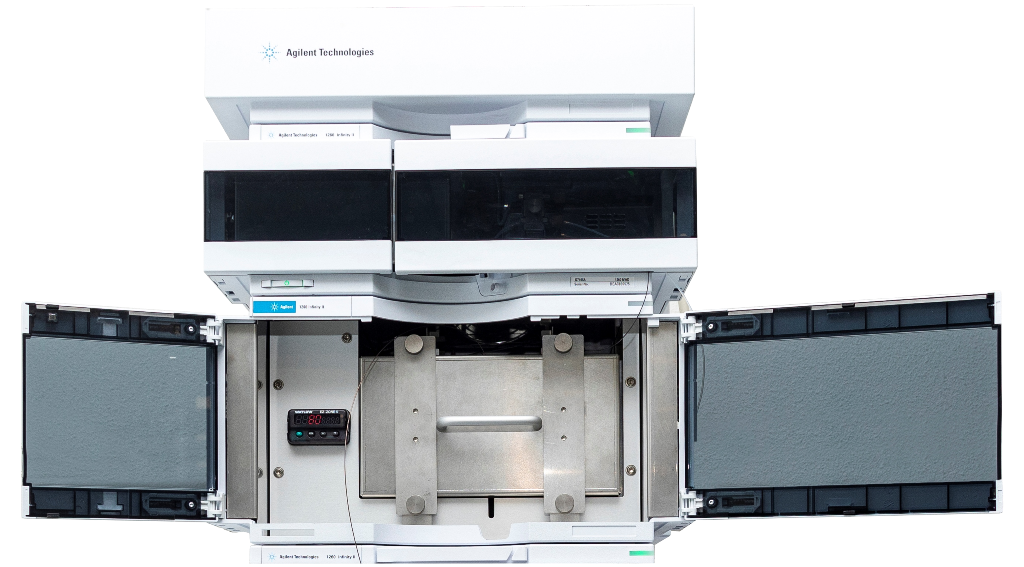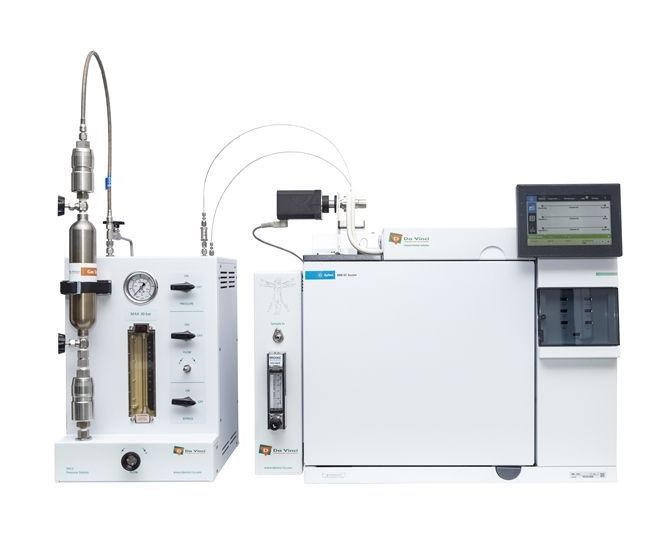Sampling and analysis of liquefied gases
The Liquefied Gas Injector (LGI) solution configuration consists of an Agilent Gas Chromatograph (GC) in which the Liquefied Gas Injector and its controller are installed. The pressure station is used for the safe and accurate introduction of LPG samples.
The liquefied gas injector (LGI) direct injection approach is a safe alternative technique to a liquid sampling valve or manual evaporation. The LGI uses a standard GC injector needle, which is inserted into a large volume GC column injection system. Activation of the solenoid transfers the pressurized sample through the needle directly to the column. A sliding device moves the needle downward for injection and upward for purging.
LGI directly injects liquefied gas into the GC inlet to ensure safety and full transfer of impurities to the GC column. Chromatographic analysis after sample introduction is based on separation of the boiling point of impurities. The result is reported in mg/kg. The analysis of impurities in LPG is completed in 20 minutes.
applications
The DVLS Liquefied Gas Injector offers laboratories a safe, reliable and efficient GC standard for the following applications:
Oily residues and light contaminants in LPG (ASTM D7756, EN 16423);
Amines in LPG;
Benzene and toluene in LPG (ASTM D7756);
Elemental sulfur in LPG;
Nitrogen, carbon dioxide, hydrogen sulfide and hydrocarbons in (un)stabilized gas condensate;
Analysis of composition and impurities in butadiene, crude and refined C4 (ASTM D2593, D4424, D2426);
Traces of oxygenates in liquid hydrocarbon matrices (ASTM D7423, D7754);
Hydrocarbon composition of LPG (ASTM D 2163, ISO 7941).
Benefits
Safe injection of liquefied gases: LGI's direct injection approach eliminates the need for evaporation of large volumes of liquefied gas.
large volumes of liquefied gas.
High repeatability: Direct liquid injection results in excellent repeatability and avoids discrimination of high boiling point components as there is no transfer to an inlet.
Proven Technology: Since its introduction in 2010, LGI has been successfully used by a global installed base of major oil refineries.
Wide range of applications: LGI is a solution dedicated to the analysis of heavy components in light matrices, such as LPG.
Precise performance: Multiple case studies demonstrate excellent performance. Detection limits of <0.1 mg/kg for individual impurities in liquefied gases are easily achieved.
Standardized method: The LGI is one of Da Vinci's innovations and has been standardized as ASTM D7756 and EN 16423 for the analysis of oily residues in liquefied petroleum gases by gas chromatography.















